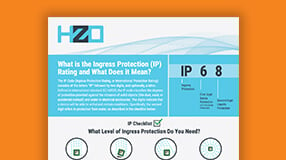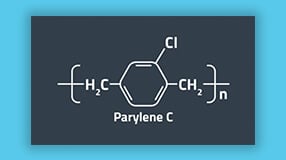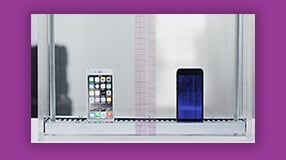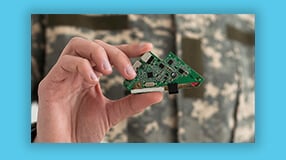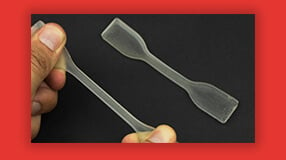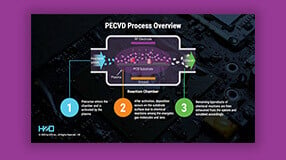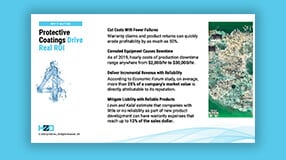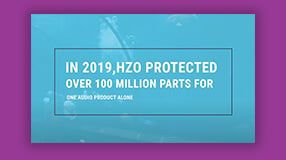What is Corrosion & Does It Ruin Electronics? How to Remove It?
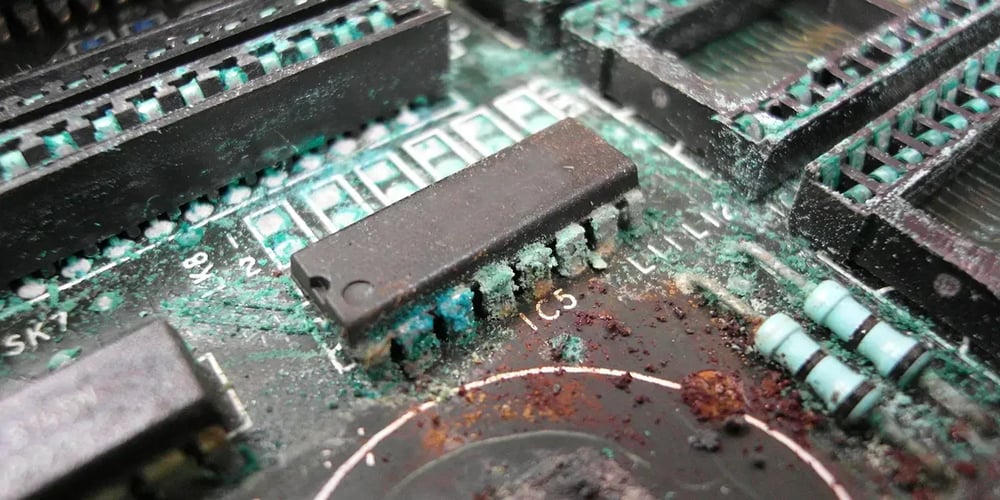
Imagine the following scenario: You are washing the dishes, listening to music on your smartphone when suddenly the unthinkable happens – the phone that was nestled safely in your shirt pocket tumbles out and into a sink full of soapy water and dirty dishes. You manage to frantically retrieve your precious phone from its watery grave, dry it off, and find that somehow it is still working! It’s a miracle! You acted fast to save your phone, and you didn’t even need a bag of rice! All is well in the world of potentially water-damaged electronics… until two days later, when, for no apparent reason, your phone now doesn’t work, it short-circuited. Your miracle has turned into a nightmare. Water damage: 1. You: 0.
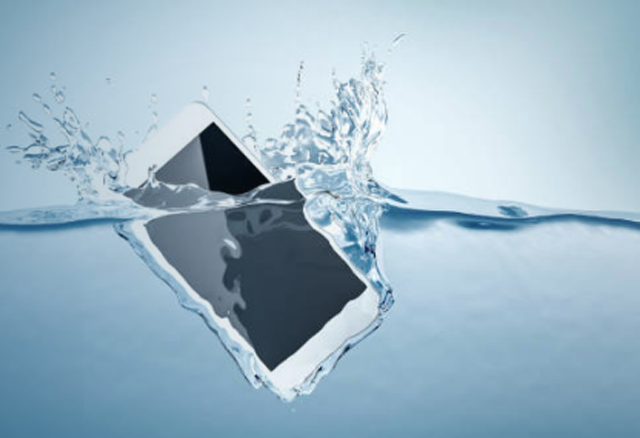
We’ve discussed the science behind circuit board corrosion and how to prevent water damage with different conformal coatings, discussing why electronics and water don’t mix. One of the reasons we mentioned is the hidden and most puzzling cause of water damage: corrosion. Corrosion is the gradual breakdown of material, usually metal, by a chemical reaction with its environment. The most common form of corrosion occurs when you combine metal with water and oxygen, creating iron oxide (more commonly known as rust). This reaction occurs when you combine these elements for an extended period.
Does Corrosion Ruin Electronics?
There is no specific time frame in which deterioration happens; an electronic device can begin corroding a few hours after the initial water damage incident, or it can last days unaffected before showing any signs of a problem. How fast it sets in depends on humidity levels, the severity of the water damage, how long the device was submerged, and even how it is made. If the device was made to prevent water damage, exposing it to water won’t affect it. These factors significantly affect the time frame under consideration for a water-damaged device.
How to Remove Corrosion from Electronics
You must be very careful when cleaning up corroded electronics after water damage. You can damage the device further if you don’t know what you are doing, and you could also potentially injure yourself. Remember: devices and liquid generally don’t mix, so any time you apply cleaning solutions to a device, you must be cautious. The average consumer should never attempt to repair a device without professional assistance. The best rule to remember is to take it to a professional when in doubt! With that being said, here are a few helpful tips to keep in mind when dealing with deterioration and devices with water damage:
- To clean a device post-water damage, always remove any batteries, power connectors, or power supplies first. This not only prevents harm to you but also prevents any short-circuiting to the device. Doing this will expose extra connectors that may already have corroded, so exercise caution.
- Look for any white or green “crusty” areas on the device, especially on the battery connectors, charging ports, circuit boards, logic boards, SIM card connectors, or any other major metal connectors on the device.
- Use cotton swabs and a cleaning solution such as isopropyl alcohol, baking soda, water, or even vinegar to clean it. Gently apply the solution to the affected area and wipe back and forth until the corrosion is removed. Leave some solution on the corroded area and wipe it off later.
- Dry your electronic device with a soft cloth or a hair dryer in a cool setting – do not use heat to dry out your device. Ensure your device is dried extremely well before attempting to replace the battery and turn the device on. Any water left in the device could cause additional water damage.
Remember that whenever you are dealing with a water-damaged device, there is no guaranteed way to fix it once it has been subjected to water or already has deterioration issues. You can take steps to improve your chances of repairing it, but in the end, you have to cross your fingers and hope for the best.

If you want to learn more about waterproof electronic devices and the technology that goes into them, then visit our website! We provide protective coatings to eliminate corrosion from happening in the first place. Contact us today to waterproof your new electronic device, or dig deeper to learn how we protect electronics from corrosion.
Water Vapor Transmission Rate - Standards, Testing, Material
Arc Resistance - Concepts and Testing Explained
What is the Index of Refraction? Measurement, Definition & More
Mallory is a veteran writer with over a decade of writing experience and has spent over five years at HZO learning about coating technology from the best minds in the industry. Professionally, Mallory is especially interested in the process of problem-solving and watching how the engineering team develops solutions that ensure business requirements are met. Over her years at HZO, Mallory's writing has been cited in industry whitepapers, including "Parabolic Model for Optimum Dry Film Thickness (DFT) of Corrosion Protective Coatings" and "Universal Approach to Integrating Reduced Graphene Oxide into Polymer Electronics." All of Mallory’s blogs are reviewed for accuracy before publication.
Additional Resources

Understand the Capabilities of Thin Film Coatings With Our Resource Page

Understand UL94 Rating - Testing, How to Choose a Material, and More

What's the Difference Between Hydrophobic Coatings and Hydrophilic Coatings?
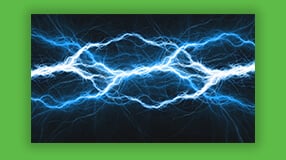
Dielectric Constant of Insulator - Materials, Formula, Table of Values

Tensile Strength at Yield - Testing, Definition, Material Selection

Young's Modulus of Polymers - Measurement, Calculation, Material Selection

Volume Resistivity - Definition, Measurement, Implications For Product Design

Polymer Glass Transition Temperature – Material Properties, Impact

What is Coefficient of Linear Expansion? Formula, Units & More
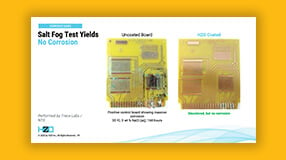
Learn About the Thin Film Coating Properties and Processes In Our Webinar

The Difference Between "Hydrophilic and Hydrophobic" Coating Properties

Learn about Protective Coating Methodologies With Our White Paper
